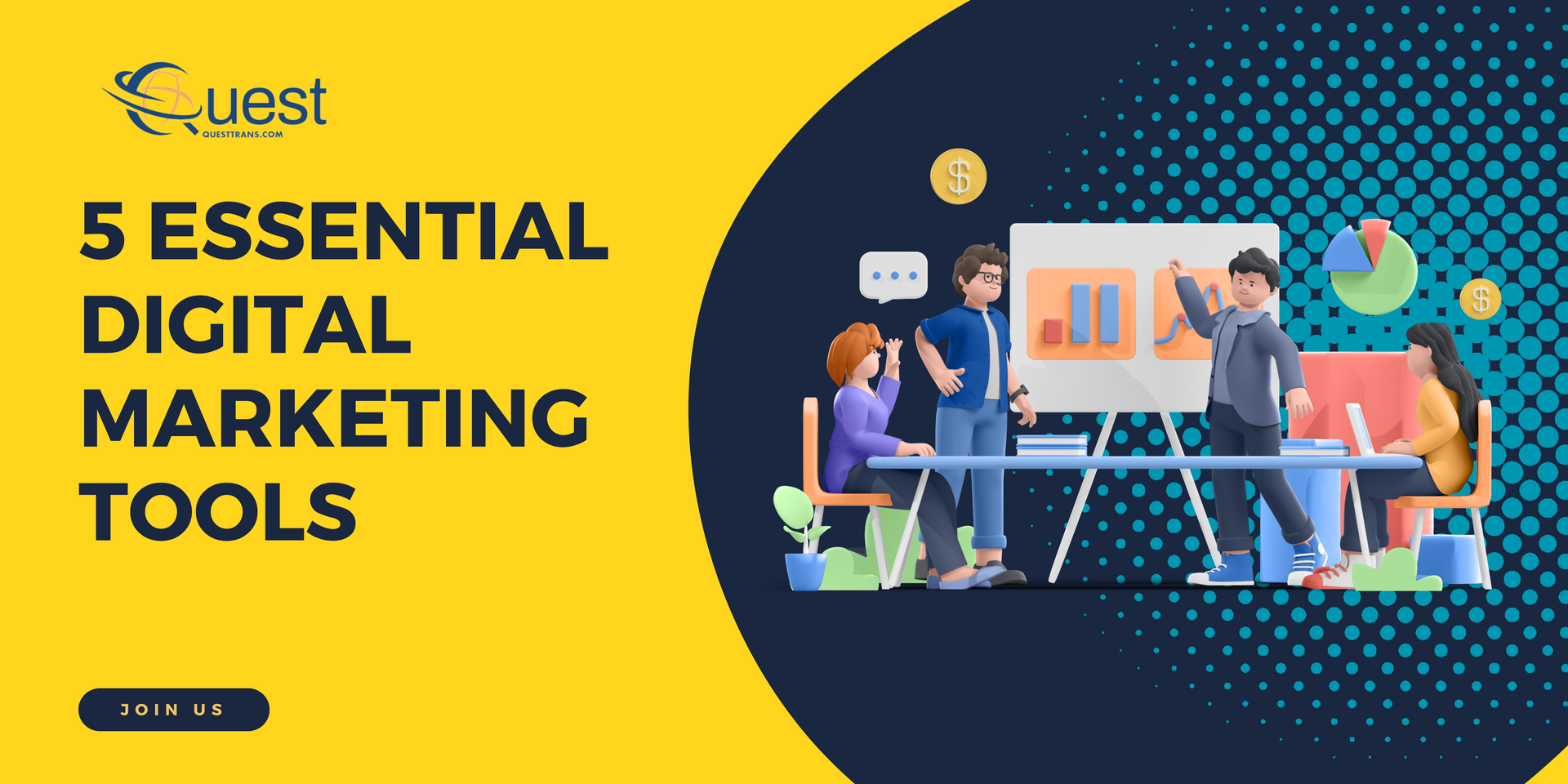Freight Seasonality: Navigating the Yearly Cycle in Logistics
Mastering the Cycles: Insights for Navigating Freight Seasonality

In the dynamic world of logistics, freight seasonality plays a crucial role in shaping how companies operate. For many shippers, the annual cycle can feel like an unpredictable adventure, where understanding the ebb and flow of demand is essential for success. This journey explores the various factors that influence freight seasonality, equipping logistics providers with the insights needed to thrive.
Understanding Freight Seasonality
Freight seasonality refers to the predictable fluctuations in demand that occur throughout the year. As companies engage in their daily routines, they often encounter challenges during peak seasons—whether due to holiday shopping, agricultural harvests, or economic shifts. For instance, retailers see a surge in shipments during the holiday season, while agricultural shippers must prepare for the harvest cycle. Recognizing these patterns is not just beneficial; it is essential for navigating the complexities of logistics.
Yet, many companies initially underestimate the impact of these seasonal changes, believing that past experiences will guide them through future challenges. However, as the landscape shifts, those who fail to adapt risk falling behind.
Embracing the Challenge
As logistics professionals begin to understand the importance of seasonality, they often look for guidance. By examining quarterly trends in freight volume, companies can identify when demand is likely to peak.
- In Q1, there may be a post-holiday slowdown, where retailers manage returns and assess inventory levels.
- Q2 signals a shift, particularly for construction and landscaping sectors, where demand for building materials ramps up as spring arrives.
- Q3 brings a focus on back-to-school supplies, prompting shippers to prepare for increased shipments of educational products.
- Finally, Q4 marks the culmination of the year’s efforts, as holiday shopping creates an unparalleled demand for logistics services.
Understanding these trends transforms the way companies approach logistics planning. They learn to anticipate challenges and devise strategies to ensure they are well-prepared.
Facing Unique Industry Patterns
As shippers navigate this landscape, they find that various industries exhibit distinct seasonal patterns that impact freight demand:
- Retail: Retailers face significant spikes during the holiday season, requiring robust logistics strategies to handle increased volume. Case studies from companies like Amazon highlight the importance of optimizing warehouse locations and transportation routes to effectively meet consumer demands.
- Agriculture: Seasonal harvests necessitate efficient transportation of perishable goods. Logistics providers often need to implement specialized strategies, such as temperature-controlled shipping, to ensure product quality during critical harvest periods.
- Manufacturing: Certain manufacturers may experience cyclical demand based on seasonal trends in consumer goods. For instance, toy manufacturers ramp up production in anticipation of the holiday season, requiring a well-coordinated logistics plan to deliver products on time.
In tackling these challenges, shippers realize that each industry necessitates customized strategies to address unique demands, highlighting the critical need for flexibility and responsiveness in logistics.
Adapting to Regional Differences
As companies gain confidence in their understanding of seasonality, they must also consider the geographic factors that influence freight demand. Different regions experience unique seasonal trends based on local markets and consumer behaviors. Coastal areas may see increased shipping volumes in the summer due to tourism, while agricultural regions experience peak demand during harvest times.
To succeed, logistics strategies must be tailored to accommodate these regional variations. By understanding local dynamics, shippers can optimize routes and collaborate with regional carriers, enhancing overall efficiency.
Navigating Transportation Choices
With seasonal demands shifting, shippers face crucial decisions about transportation modes. During peak seasons, companies may rely more heavily on trucking to ensure timely delivery, particularly for last-mile logistics. Rail transport offers a cost-effective solution for bulk shipments during high-demand periods, while air freight becomes a necessity for expedited shipping, despite its higher costs.
To optimize logistics during busy seasons, companies should analyze their transportation options and adjust as needed. This may involve expanding partnerships with carriers, refining delivery routes, and employing data analytics to anticipate demand fluctuations.










